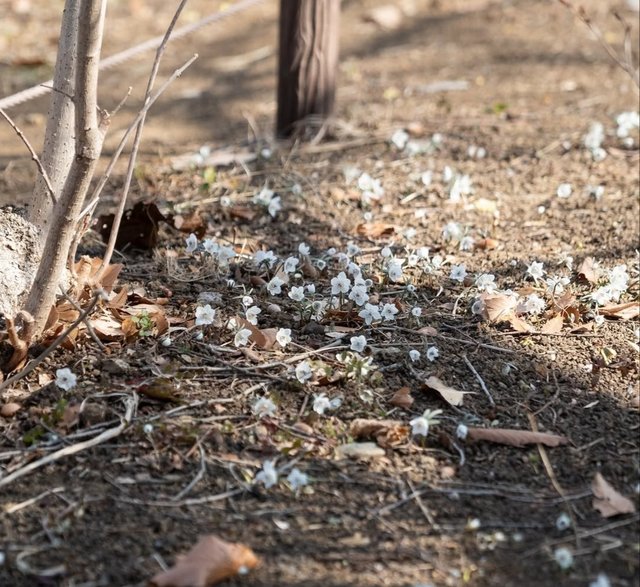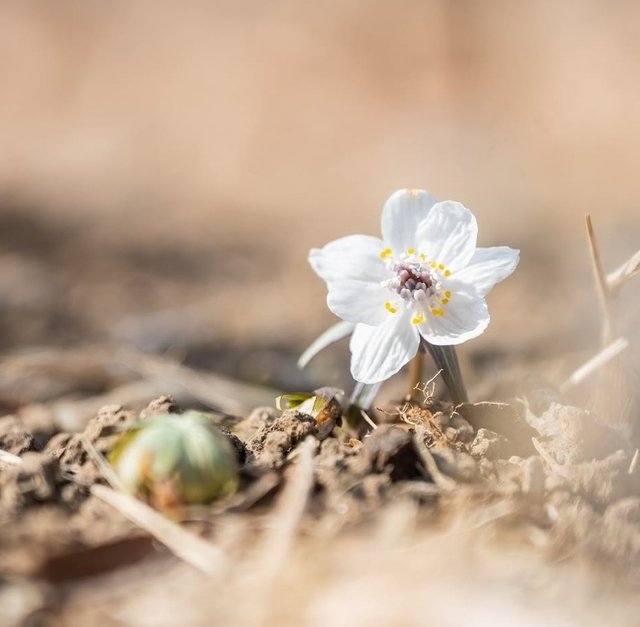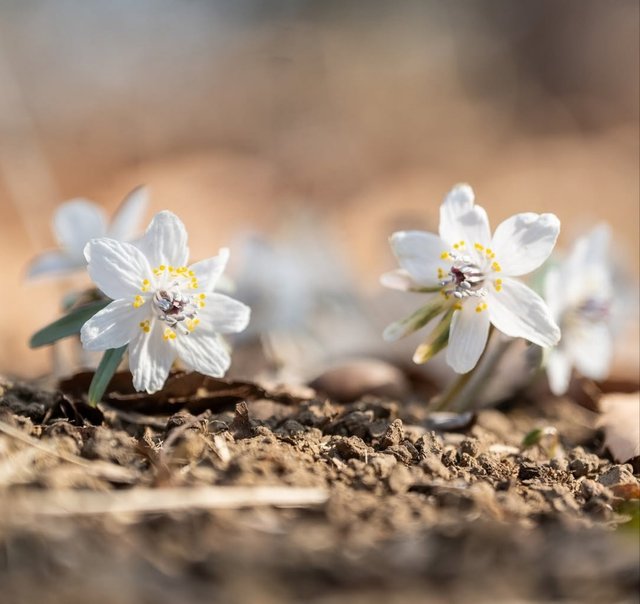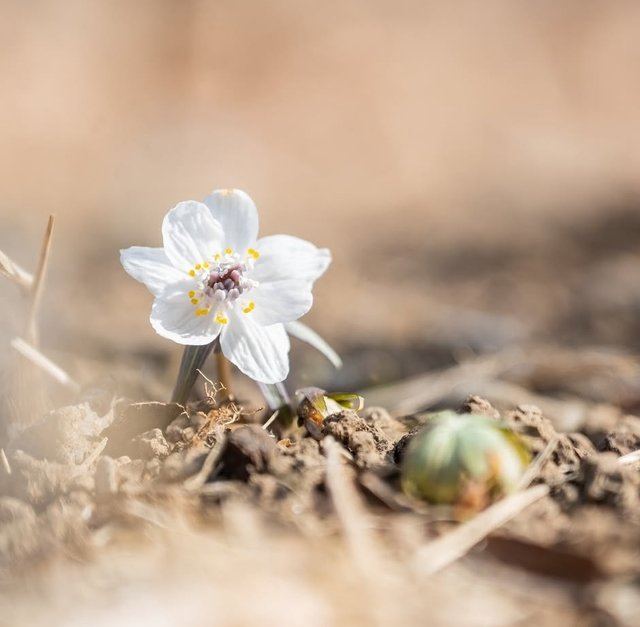Wood Anemone: A Delicate Harbinger of Spring
The Wood Anemone is a charming woodland wildflower that heralds the arrival of spring across Europe and parts of Asia. With its delicate white petals, subtle fragrance, and habit of carpeting forest floors in early spring, this perennial plant has captivated botanists, poets, and nature lovers for centuries.
Botanical Characteristics
Belonging to the buttercup family, the wood anemone is a low-growing herbaceous plant that spreads through rhizomes, forming dense colonies over time. Each flower typically has six to eight petal-like sepals that range in color from white to pale pink or even lilac, with a bright yellow center of stamens. The leaves are deeply lobed and form a whorl beneath the solitary flower stem, giving the plant a distinctive, elegant appearance.
Growth and Habitat
Wood anemones thrive in deciduous woodlands, meadows, hedgerows, and shaded slopes, where they enjoy dappled sunlight filtering through early-spring tree canopies. They prefer well-drained, humus-rich soils and are commonly found in ancient woodlands, often serving as an indicator species for these long-established forests. The plant's ability to spread through underground rhizomes means it can form large, dense carpets that create breathtaking floral displays in early spring before the trees fully leaf out.
Seasonal Cycle
The wood anemone is one of the first wildflowers to bloom after winter, typically appearing between March and May, depending on the climate. The flowers open in response to sunlight, closing at night and during overcast weather. As spring progresses, the plant's foliage dies back, allowing it to conserve energy underground until the next growing season.
Cultural and Folklore Significance
Symbolism and Mythology
The wood anemone has a rich history in folklore and symbolism. The name “anemone” comes from the Greek word for "wind", as ancient Greeks believed the flowers blossomed at the command of the wind. In some traditions, it is associated with mourning and forsaken love, while in others, it is seen as a symbol of anticipation and renewal due to its early blooming nature.
In Norse mythology, the wood anemone was linked to the goddess Freyja, who was associated with love and fertility. In medieval England, the flower was sometimes referred to as the “windflower” and was thought to ward off evil spirits.
Medicinal Uses
Historically, the wood anemone was used in traditional herbal medicine, though with great caution due to its toxicity. In small doses, it was sometimes used for treating headaches, rheumatism, and digestive issues. However, all parts of the plant contain protoanemonin, a compound that can cause skin irritation and gastrointestinal discomfort if ingested, making it unsuitable for modern medicinal use.




Thanks For Reading
Device Information
| Device | cannon eos 700D |
|---|---|
| Lens | 55-250 zoom leans |
| Location | Bangladesh |

Thank you for sharing on steem! I'm witness fuli, and I've given you a free upvote. If you'd like to support me, please consider voting at https://steemitwallet.com/~witnesses 🌟
Downvoting a post can decrease pending rewards and make it less visible. Common reasons:
Submit